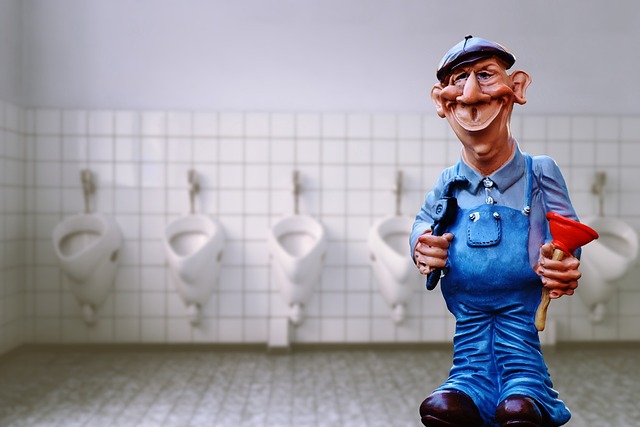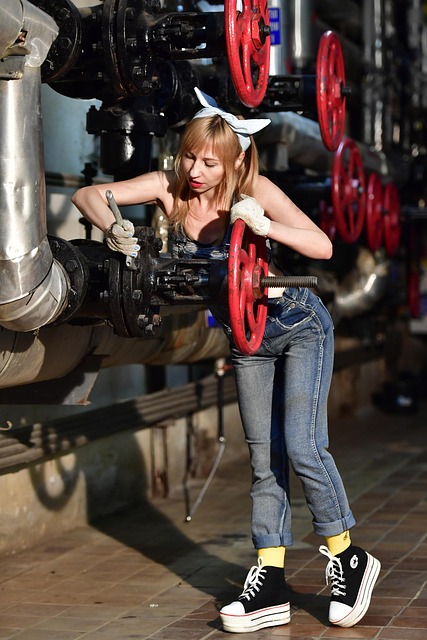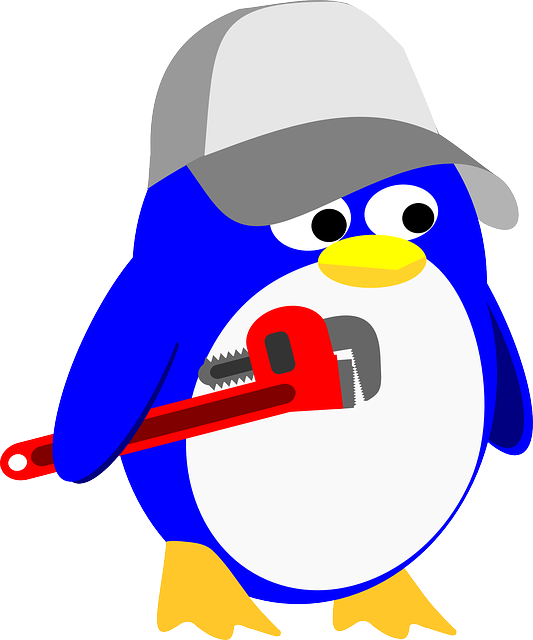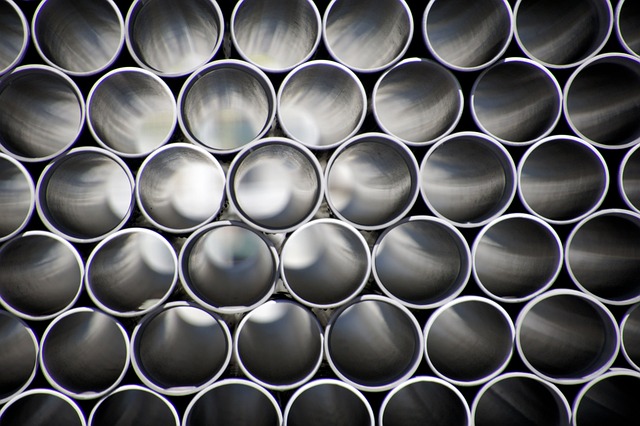Clogged drains are common household problems caused by foreign objects and buildup like hair, soap scum, grease, food particles, and non-biodegradable items. Preventative measures include regular maintenance with drain covers and hot water flushes, avoiding inappropriate flushing, installing water softeners, and scheduling routine plumbing inspections to mitigate common plumbing issues.
Plumbing nightmares can strike at any time, but many of these issues are entirely preventable. This article explores five common plumbing problems that plague homeowners worldwide—clogged drains, leaky pipes, frozen pipes, low water pressure, and outdated pipes—and provides practical solutions to avoid them. By understanding the causes behind these pesky issues, you can save money, reduce stress, and extend the life of your plumbing system.
Clogged Drains and What Causes Them

Clogged drains are among the most common plumbing issues homeowners face. These obstructions can range from minor inconveniences to serious, costly problems if left unattended. Various factors contribute to drain clogs, often due to what goes down the sink or shower drain. Hair, soap scum, grease, and food particles are frequent culprits, accumulating over time and forming a sticky buildup that blocks water flow. Even small objects like cotton swabs or Q-tips can cause significant clogs. Regular maintenance, such as using drain covers and avoiding flushing non-biodegradable items, can prevent these obstructions. Additionally, homeowners should be mindful of what they pour down the drain, including chemical cleaners, as they can dissolve pipes but also leave behind harmful residue that contributes to clogs over time.
– Identifying common causes of drain clogs

Many homeowners often find themselves facing common plumbing issues, with drain clogs being one of the most frequent nightmares. These clogs can range from minor inconveniences to major crises, but luckily, they’re almost always preventable. The primary culprits behind clogged drains are usually foreign objects and buildup. Common culprits include food scraps, grease, hair, and various household items that end up in the drain.
Regular maintenance is key to avoiding this plumbing nightmare. Using drain covers or catchers can prevent hair and small objects from entering the drain. Additionally, pouring hot water down the drain periodically helps to dissolve fat and oil buildup. It’s also advisable to avoid flushing non-biodegradable items like wipes, tampons, or sanitary products, as these can cause significant clogs.
– Preventative measures for avoiding clogs

Clogs are one of the most common plumbing issues homeowners face. To avoid this nightmare, preventative measures are key. Regularly cleaning drain traps with hot water and a mild solvent can help dislodge any built-up debris. Additionally, using drain covers or catchers can trap hair and other items before they enter the pipes, significantly reducing the risk of clogs. Another effective strategy is to be mindful of what goes down the drain; avoid pouring grease, coffee grounds, or large food particles into the sink, as these substances solidify over time and lead to obstructions.
Furthermore, installing a water softener can prevent mineral buildup in pipes, which often contributes to clogs. Keeping plumbing maintenance up to date is also crucial; scheduling regular inspections and cleaning sessions with a professional plumber ensures any potential issues are identified early on. By taking these simple steps, homeowners can avoid the costly and disruptive effects of common plumbing problems like clogs.
While common plumbing issues like clogged drains can seem like inevitable nightmares, many of these problems are easily avoidable with proper prevention. By understanding the root causes – from grease buildup and foreign objects to improper disposal – homeowners can take proactive steps to maintain their plumbing systems. Implementing simple, preventative measures such as using drain covers, avoiding flushing non-biodegradable items, and regular cleaning routines can go a long way in saving time, money, and headaches down the line.
